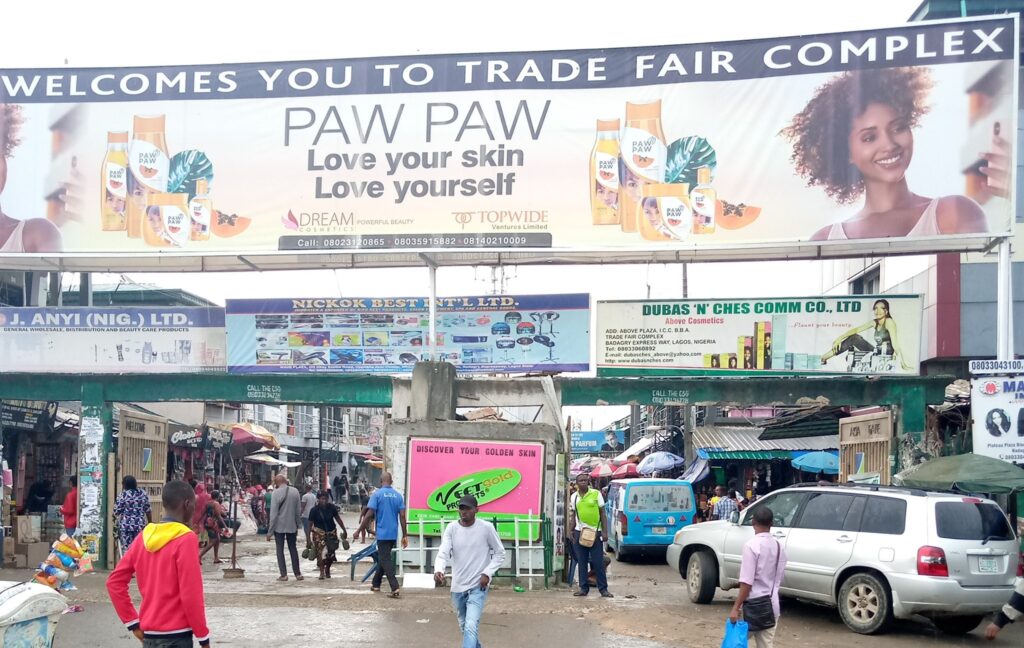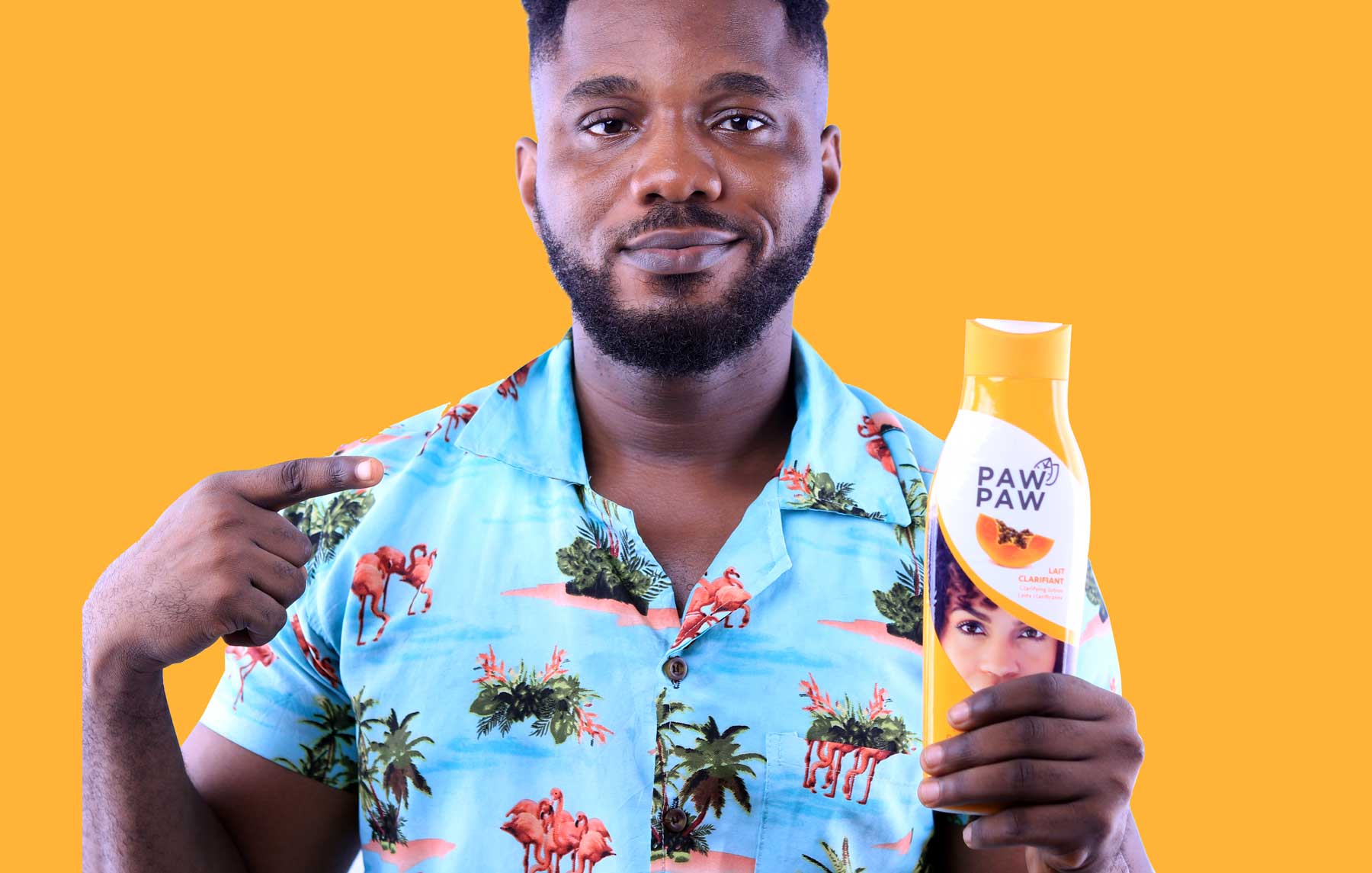The PawPaw skincare range has emerged as one of the most successful skincare products in Nigeria today. In this analysis, we will explore the qualities and properties that have contributed to its widespread acceptance and success in the Nigerian market. We will delve into the reasons for its public acceptance, as well as its distribution and marketing strategies. It is important to note that Nigeria is a unique market, characterized by consumer behavior that differs significantly from what is commonly known about consumer behavior in the Western world. To thrive in this niche, it is crucial to be actively present in the market, comprehend why people make purchases, and understand the requirements of distributors. The key to success with any product lies primarily in securing the support of major distributors in the market.

Based on my experience of over 6 years in this industry, I have come to realize that strategies that work in other countries will not necessarily work in Nigeria. The market for moisturizers, for instance, is relatively small here, with most consumers placing a greater emphasis on skin lightening. Therefore, if your product offers skin lightening benefits, you are likely to gain a significant market share.
Now, let’s shift our focus to conventional moisturizers such as CeraVe, Cetaphil, and Aveeno, which are priced considerably higher in the Nigerian market. The average Nigerian consumer does not possess strong purchasing power, and these moisturizers, which do not offer skin lightening properties, do not align with their preferences.
Furthermore, the average Nigerian consumer lacks a deep understanding of proper skincare practices. For instance, when it comes to an effective skincare routine, layering is often recommended, starting with essential serums like vitamin C, retinol, and hyaluronic acid. However, many people in Nigeria are still unaware of these vital skincare components.
By addressing the unique needs and preferences of Nigerian consumers, the PawPaw skincare range has managed to achieve remarkable success. The brand’s focus on skin lightening, alongside effective distribution and marketing strategies tailored to the Nigerian market, has undoubtedly contributed to its widespread acceptance and popularity.
Let’s analyze the PawPaw pricing strategy. For instance, the PawPaw cream is priced at about N1500, making it highly affordable for the average Nigerian person. This also makes it affordable for distributors to stock. Selling in Nigeria is a game of numbers. Nigeria, with a population of 200 million people, makes it extremely interesting for consumer goods, and a greater percentage of the buying population is economically disadvantaged.
To find success on a wide scale, your target should focus on a greater percentage of the population, and this can be achieved by making your product extremely affordable to the masses. The fact that the Nigerian population consists mostly of economically disadvantaged individuals should be viewed as an advantage.
One of the reasons why these products are highly affordable is that they are imported from Abidjan, a neighboring African country. This makes it easier and more affordable to bring in these products through road transport rather than by sea or air.
Secondly, these products contain lightening agents, which makes them popular among the Nigerian audience. Consumers equate effectiveness with the ability to brighten or lighten the skin.
Thirdly, color and branding play a huge role. From my experience managing products like PawPaw and Carowhite, I have found that colors like yellow and orange have a psychological effect on the minds of most cosmetics consumers in Nigeria. Overtime, their subconscious mind has associated brands with such colors with a level of effectiveness. The active ingredients showcased also play a significant role. Active ingredients like Paw Paw and Carrot convey a message that the product is effective.
Finally, I believe the bottle or packaging form you use also plays a significant role. Take a closer look at products with mass appeal, and you’ll notice they all come in a specific shape.
Moreover, if you want your product to penetrate the market, it’s essential to focus on the right target audience, which in this case is the tradefair market in Lagos. By successfully entering this market, you’ll already have a considerable market share in Nigeria. Most stores and supermarkets visit tradefairs to source products, and these established distributors have built extensive distribution networks across the country. The key is to identify influential distributors, establish relationships with them, and leverage their existing networks.
However, producing these products yourself poses numerous challenges. It requires a significant amount of capital, typically amounting to hundreds of millions of dollars. The machinery you need to acquire is heavy-duty and expensive. Additionally, the installation of these machines is costly, and to produce at scale, you must establish a robust structure and system. If you lack the necessary financial and structural capacity, it’s advisable not to pursue this route.
In conclusion, if you aim to enter the Nigerian market and achieve large-scale growth, you must consider affordability, lightening agents, color, branding, bottle or packaging design, the trade fair market, and the population of Nigeria. On the other hand, if you plan on operating on a small scale, you can leverage social media and your physical store for sales. By paying close attention to marketing and building an online audience, you can generate a decent amount of revenue. Creating a website where customers can place orders would also be beneficial.

